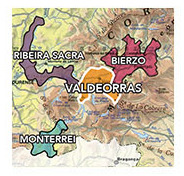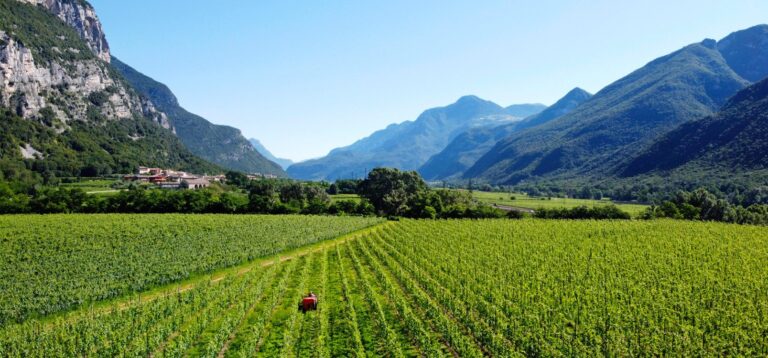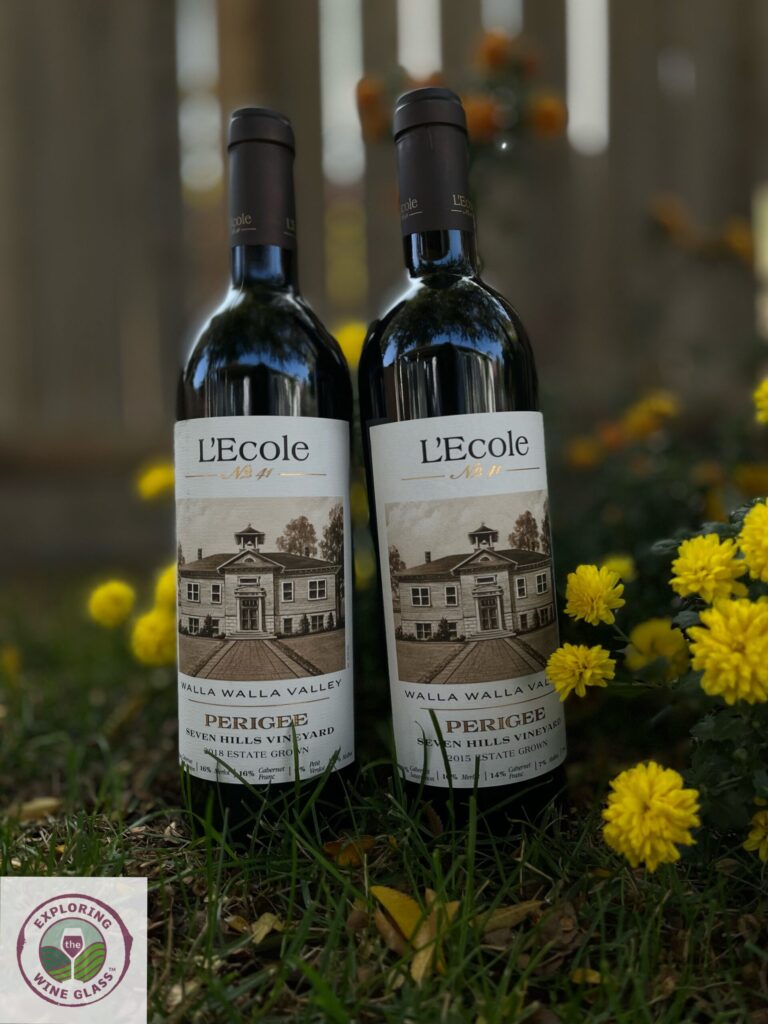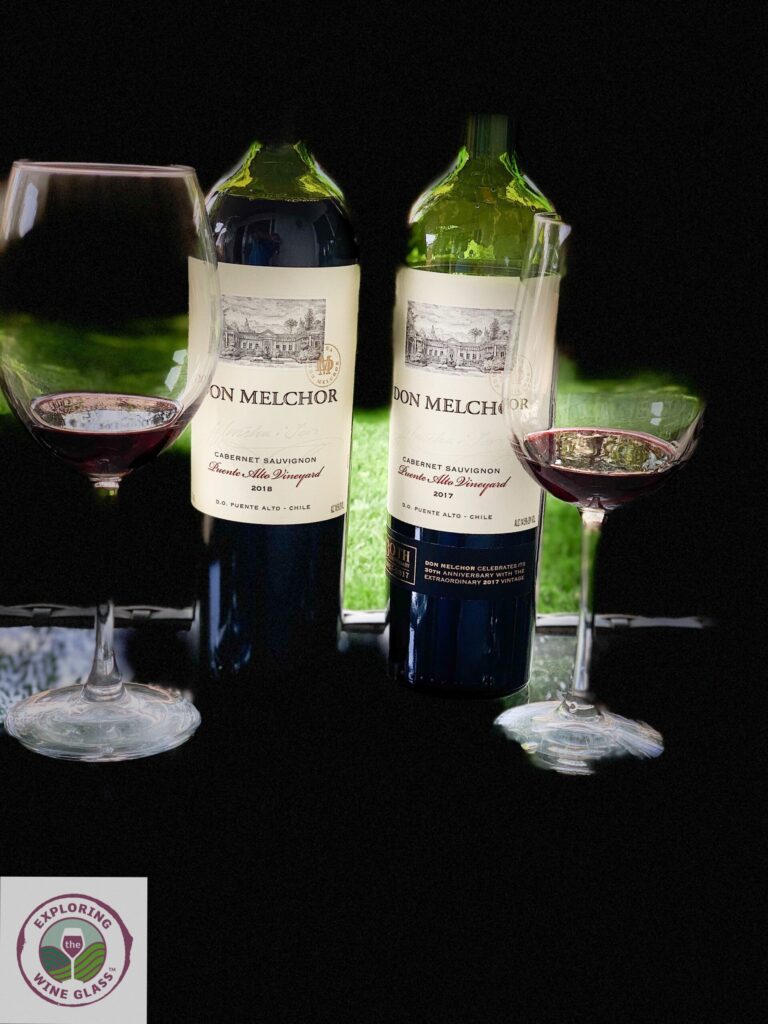Located on the northwestern coast of Spain on the Atlantic Coastline lies the Spanish autonomous region of Galicia. It is bordered by the Atlantic Ocean in the North and West, Portugal to the South and another Spanish autonomous region, Castilla y León to the east. With 1,500 km of coastline, the region’s climate is heavily influenced by the Atlantic Ocean, making it one of the wettest regions in Spain and thereby receiving the nickname, Green Spain.
Valdeorras is located in the eastern portion of Galicia and gained its status in 1945. The name means Valley of the Gold and is thought to be the first grape growing and wine producing region in Galicia. The name is derived from the fact that the Romans were originally in the area to mine for gold. When they were done with the mining, they did what they do best and planted vines.

The vines in Valdeorras are located on extremely steep slate hillsides along the Sil River. Vineyards are planted at elevations between 984 and 2,297 ft above sea level. Production wise, the region is almost split between blanco and tinto, with just a slight nod to blanco. The majority of the vines in Valdeorras are planted to Godello, an indigenous grape variety followed by Mencia. Since Valdeorras is not on the coastline, it experiences a maritime climate with continental influence. It sees between 33 and 39 inches of rain annually and can experience late frosts and spring hailstorms.
In order to be labeled Valdeorras “Godello” the wine must be made exclusively from Godello, while Valdeorras “Mencia” requires a minimum of 85% of the grape. There is also espumosos that requires a minimum of 85% Godello. Recently, the region created a new category, Valdeorras Castas Nobles, which is given to those wines produced with at least 85% preferred varieties.
In My Glass – Pagos de Galir (SRP: $19.99)
The Godello grape is an autochthonous variety, cultivated since time immemorial in Valdeorras. It’s cultivation was conditioned by various historical factors. The Roman road called Via XVIII or Via Nova which crossed the village of Entona, where our wineries are located, on the Camino or Vereda Real at the beginning of the Modern Age. This fact, as well as the opening of the railroad in 1883, meant opening up an important market for this precious and peculiar wine beyond the county limits. During the 19th century, various diseases and pests such as Odium, mildew and phylloxera, drastically reduced the cultivation of the Godello variety. It was in the last decades of the twentieth century when, thanks to the restructuring program Valdeorrenses Vineyards (Revival), this variety became a reference for white wines of the D.O. Valdeorras. This Godello wine is an exceptional and unique product, raised on its own lees, after a rigorous selection of grapes from old vineyards.
The wine poured golden in color. On the nose it screamed almond with a hint of petrol. On the palate, the wine was medium bodied, with minerality, ginger and pear. Medium to light acidity and short finish. This was a 2018, so I think I missed the prime drinking window.
Typical tasting notes of Godello: straw color, high acidity, full body, with high alcohol. Typical flavors include a mixture of citrus and green apple and peach. Salinity and minerality are expected. Usually, Godello is fermented in stainless steel vats, but it does sometimes get aged in wooden barrels, which can give it a slightly nutty or toasted flavor.
History
As mentioned on the back label of the wine, Godello nearly went extinct. Early in the 19th century, Phylloxera found its way to Spain and destroyed many of the vines in Galicia. Additionally, Godello is often referred to as a finicky grape. It requires a lot of attention by the vineyard manager and results in extremely low yields. Not a combination that screams to be planted more!
Finally, beginning in 1939, after the bloody Spanish Civil War, Spain became under the rule of dictator Francisco Franco. He repressed the culture and language of Spain’s Basque and Catalan regions, censured the media and otherwise exerted absolute control over the country. He created new laws about export limitation on Spanish products, including wine and many winemakers found themselves being forced to rip up the vineyards and planting other forms of agriculture.
The resurgence of Godello can be traced to Horacio Fernández Presa, “the father of Godello.” In the 1970s, he created the program REVIVAL (Restructuring of Valdeorras Vineyards), with the directive to restore the vineyards in Valdeorras and Godello.

~Slàinte!
I invite you to follow me on Instagram, Twitter, Facebook and Youtube for all things wine. I’ll never tell you what to drink, but I’ll always share what’s in my glass.
Please support our sponsor: use code EXPLORE for 10% off your order
We’ve stacked the odds so that you can get our award winning wines without breaking the bank. Click the image to find out all of the benefits of joining the CHALK CLUB including discounted shipping and up to 25% off all purchases. .






